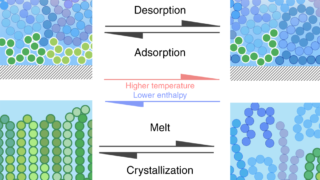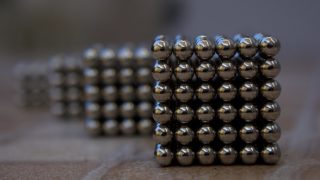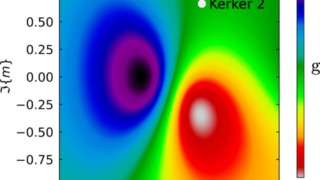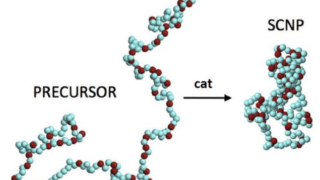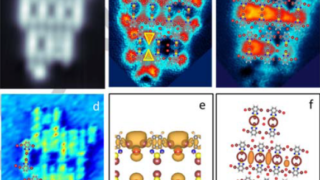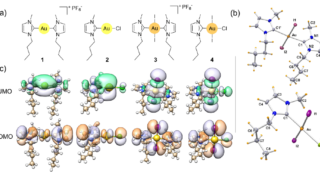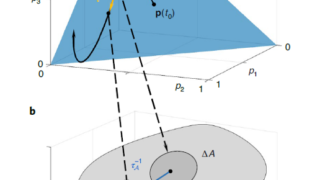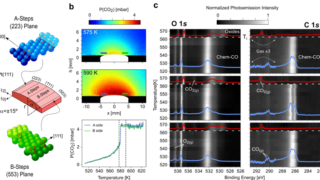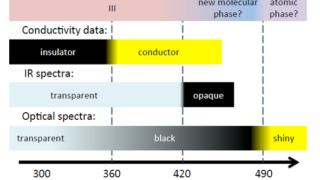
Remarkable enantiospecific response in Cross-Polarization Solid-State NMR experiments
If a nucleus has a non-zero spin, it behaves as a small magnet. Therefore, in an external magnetic field, the nuclear magnetic moment vector precesses about the field direction but only certain orientations are allowed by quantum rules. Thus, for hydrogen (spin 1/2) there are two possible states in the presence of a field, each […]
